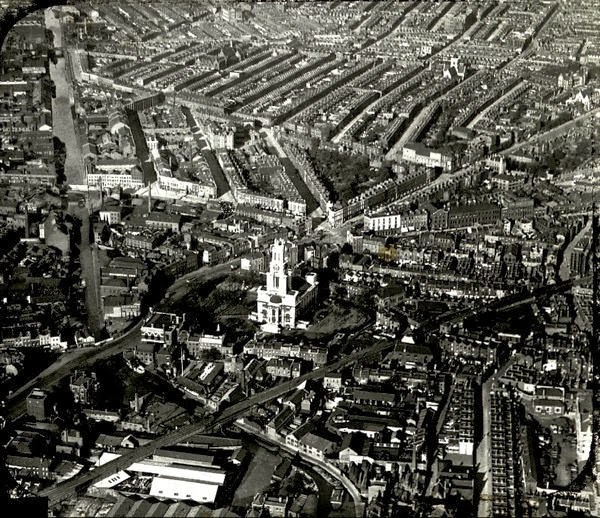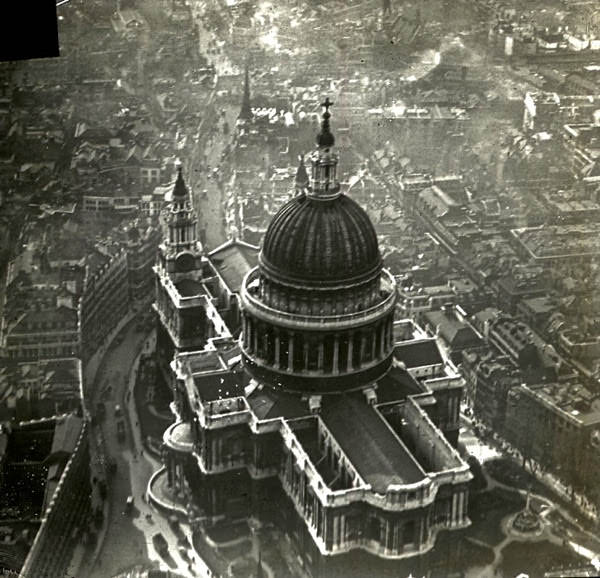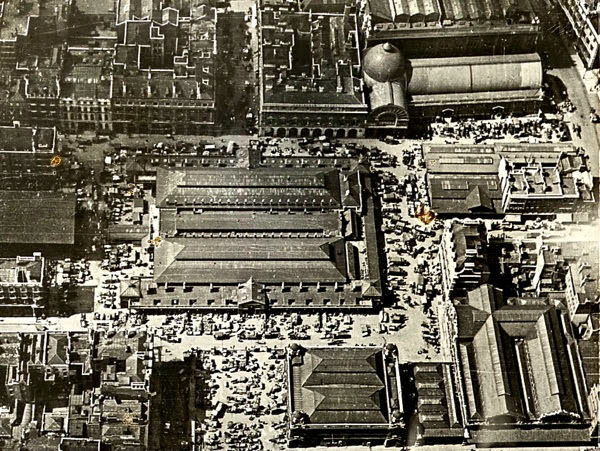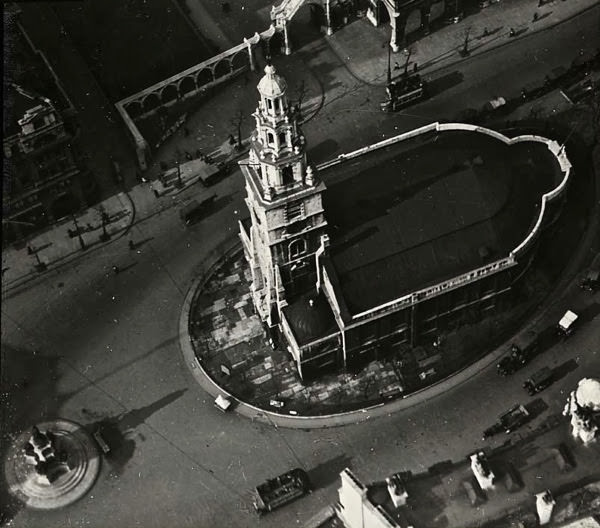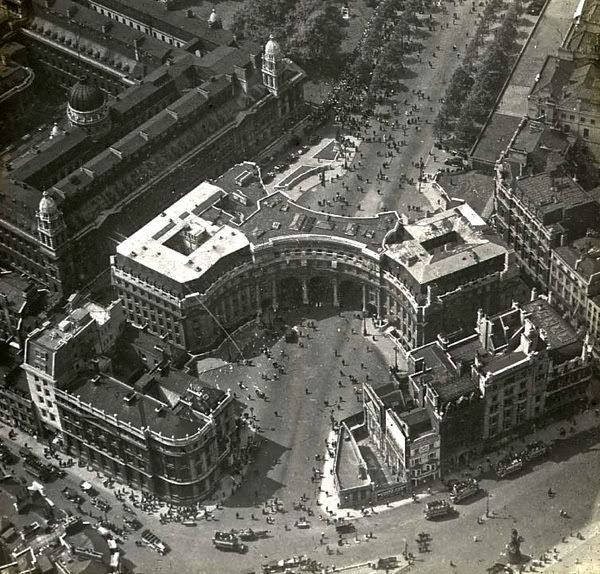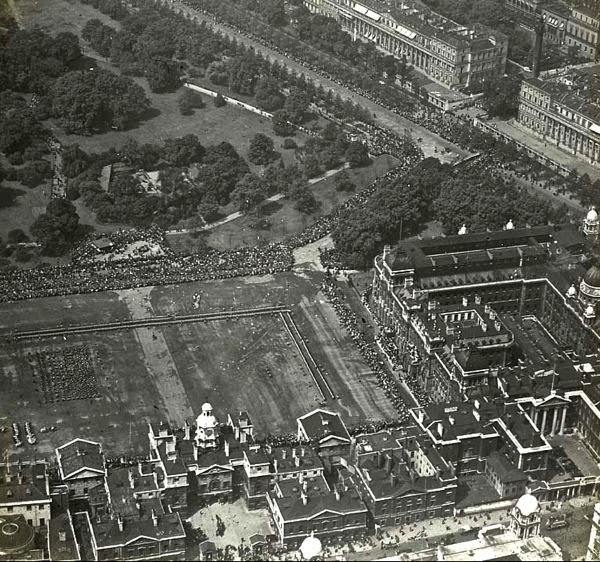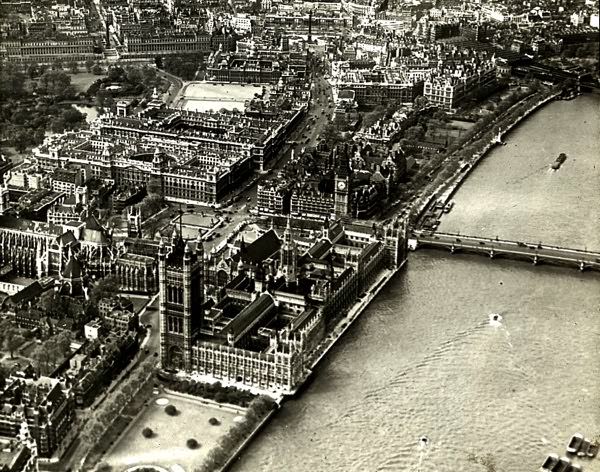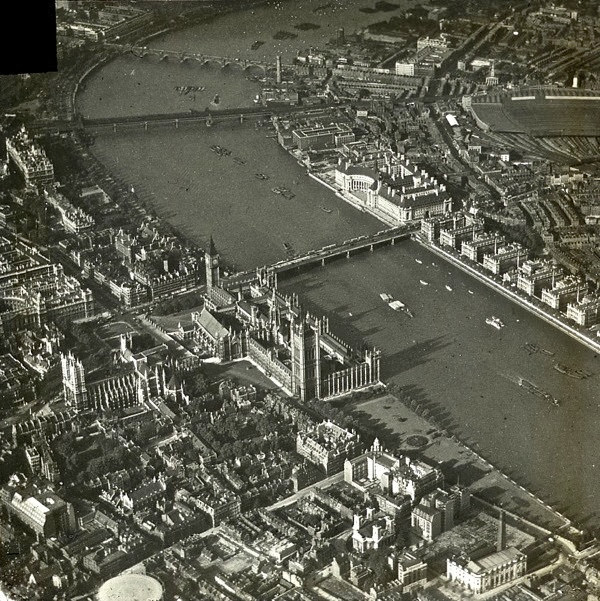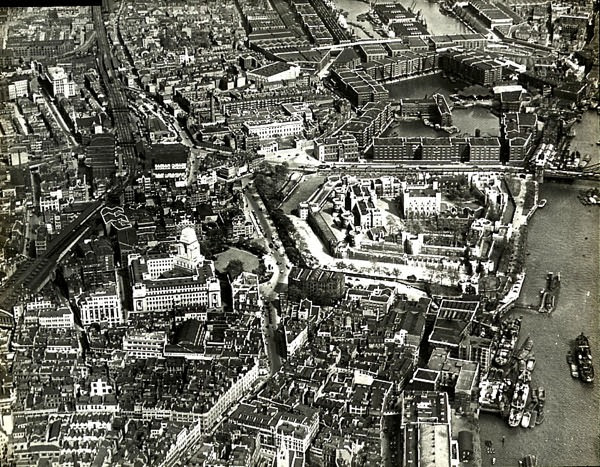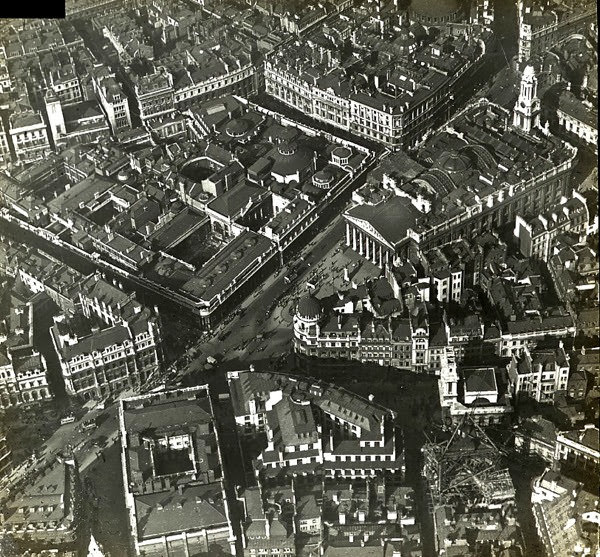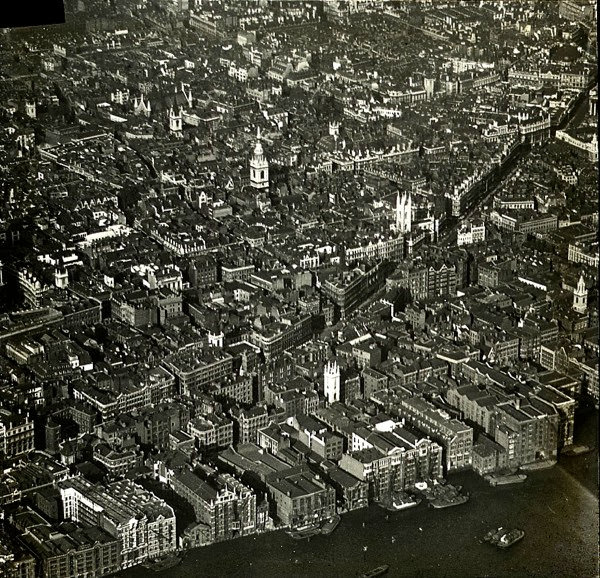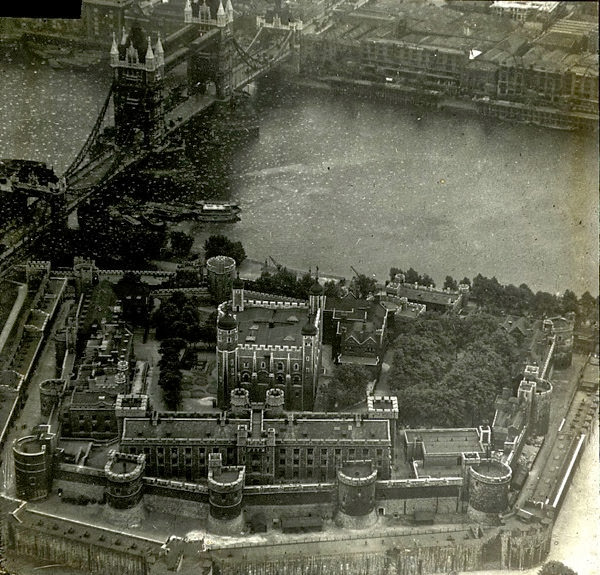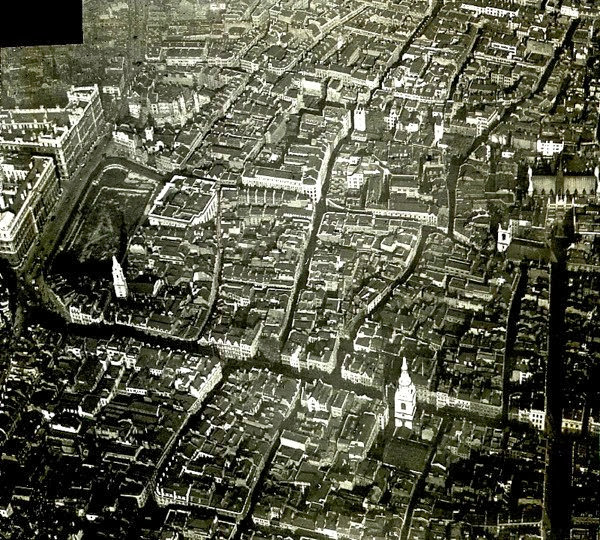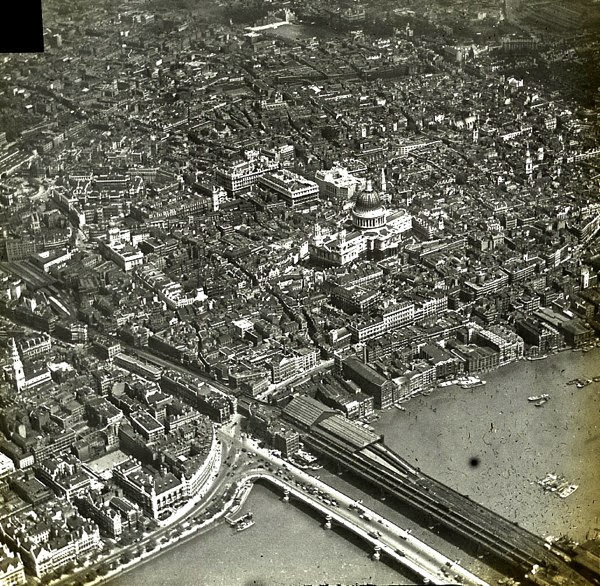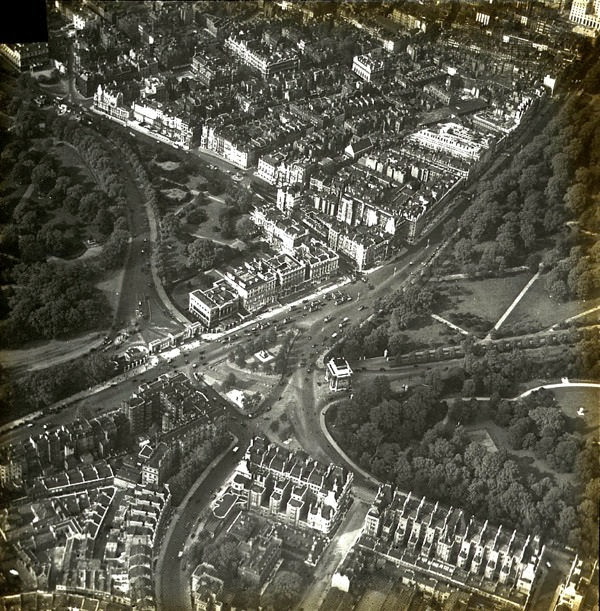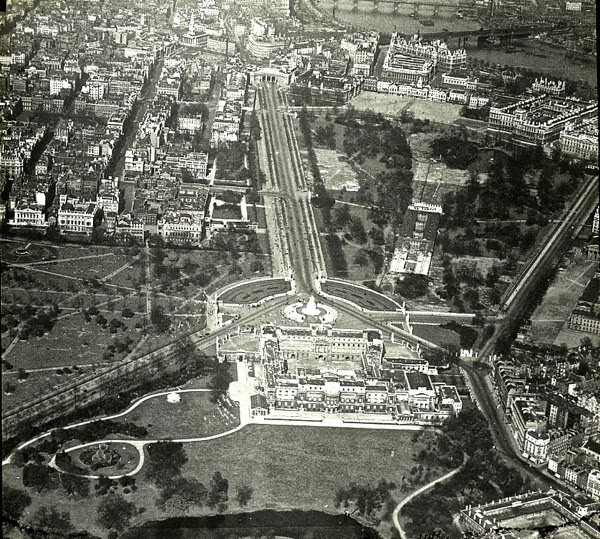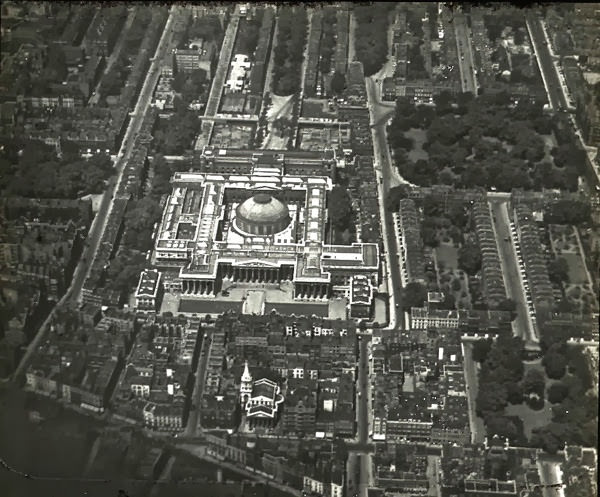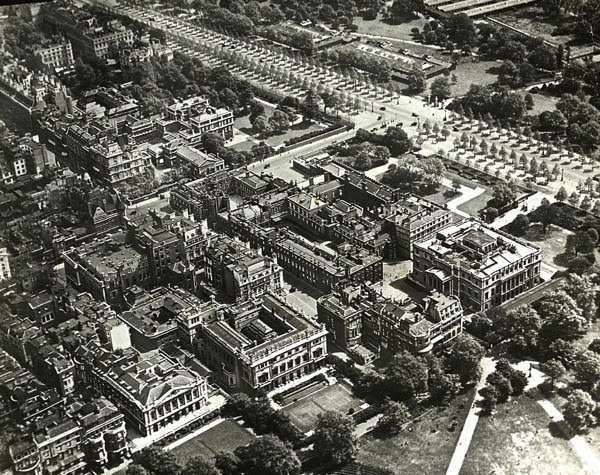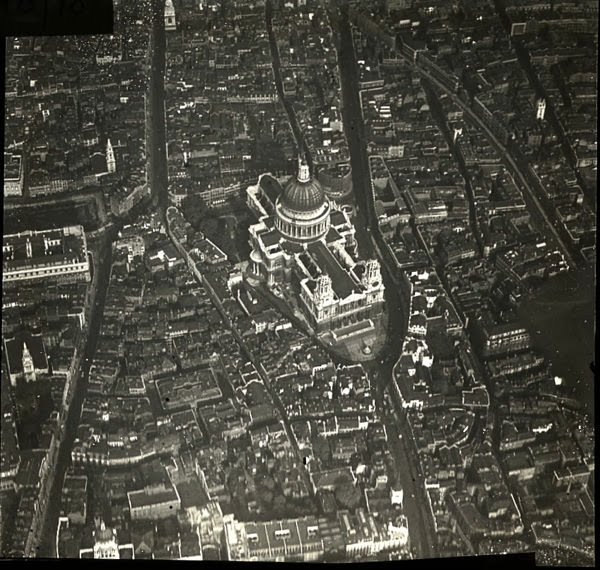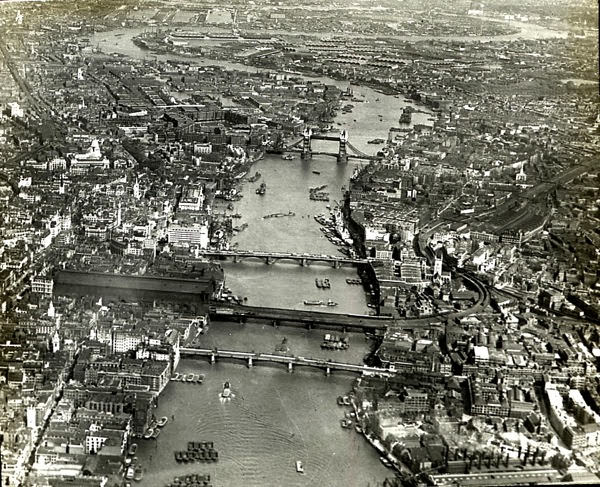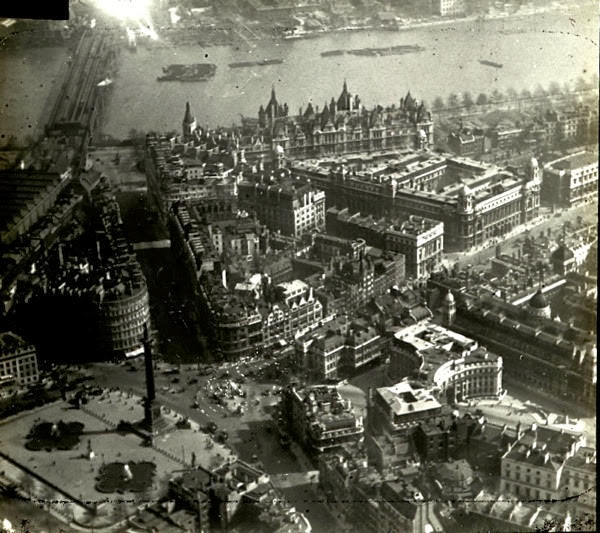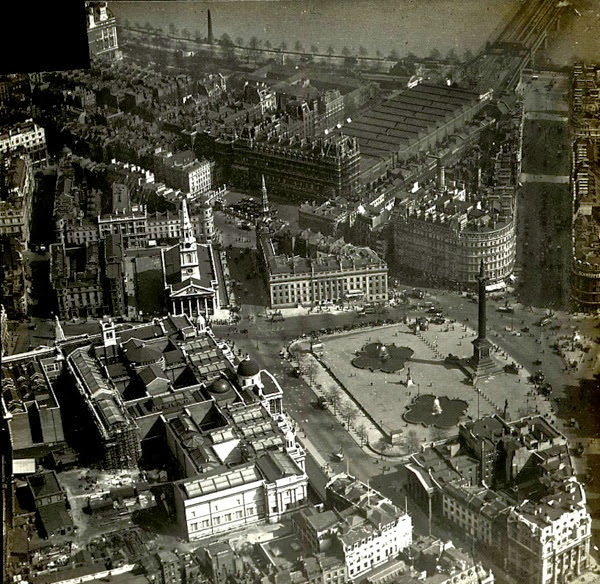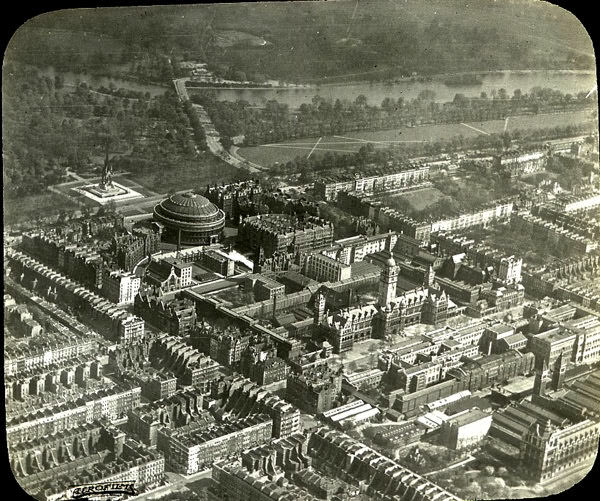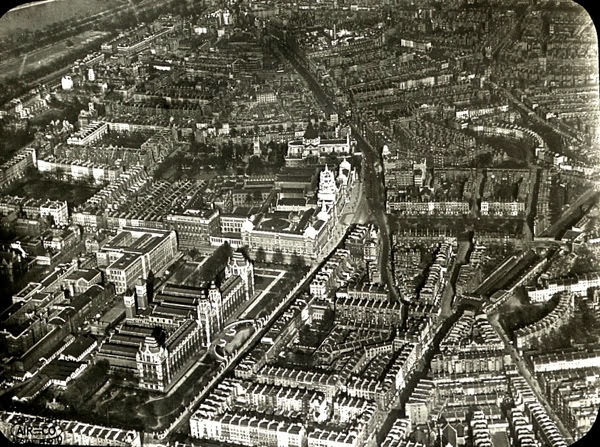In the 1920s, London was a huge, busy city, the heart of a vast empire. Millions of people lived and worked there, navigating its streets, riding its buses, and using its underground railway. For centuries, people only knew London from the ground level, seeing buildings from the street or perhaps from a high tower like St. Paul’s Cathedral. But in the 1920s, a new way of seeing the city became possible: from high up in the air.
Seeing London from above in the 1920s was not like hopping on a modern airplane. Airplanes in that decade were still relatively new. They were much smaller and often had open cockpits, meaning the people inside were exposed to the wind and cold. Flying was a bumpy experience, affected much more by the weather. Yet, these early aircraft, along with large airships, offered a completely new perspective on the sprawling city below.
Pilots and photographers began taking cameras up in these planes. They captured images of London spread out beneath them. These pictures were amazing for people who had only ever seen their city from street level. They showed how the different parts of London fit together and revealed patterns and sights invisible from the ground.
Read more
Flying over London in the 1920s, the first thing you would notice is how the River Thames cuts through the city. The river is a central feature, winding its way eastwards. From high up, you could clearly see its bends and the many bridges crossing it. Bridges like London Bridge and the famous Tower Bridge with its distinctive towers stood out, connecting the different sides of the city.
Along the banks of the Thames, major landmarks were easy to spot. The Houses of Parliament and Big Ben formed a recognizable shape right by the river, their Gothic architecture looking different from the air. Further downstream, the strong stone walls of the Tower of London were visible, a historic fortress looking much smaller from that height but still clearly defined.
One of the most striking sights from above was the dome of St. Paul’s Cathedral. Sitting on a small hill, its large, rounded dome was a dominant feature in the skyline of the 1920s. It rose above the surrounding buildings, a clear marker in the dense urban landscape. From the air, the layout of the streets leading away from it became clearer.


